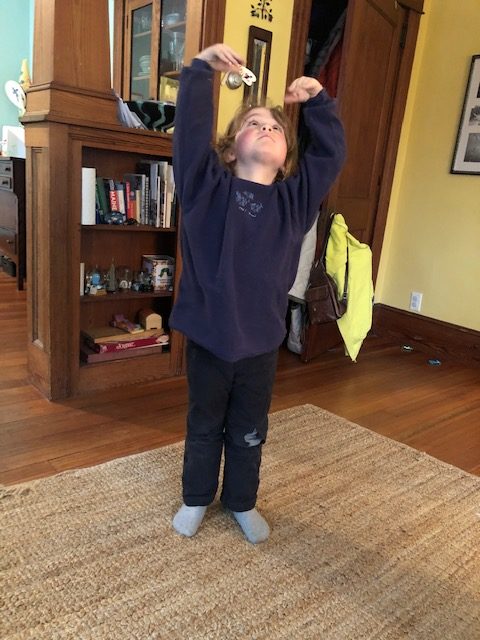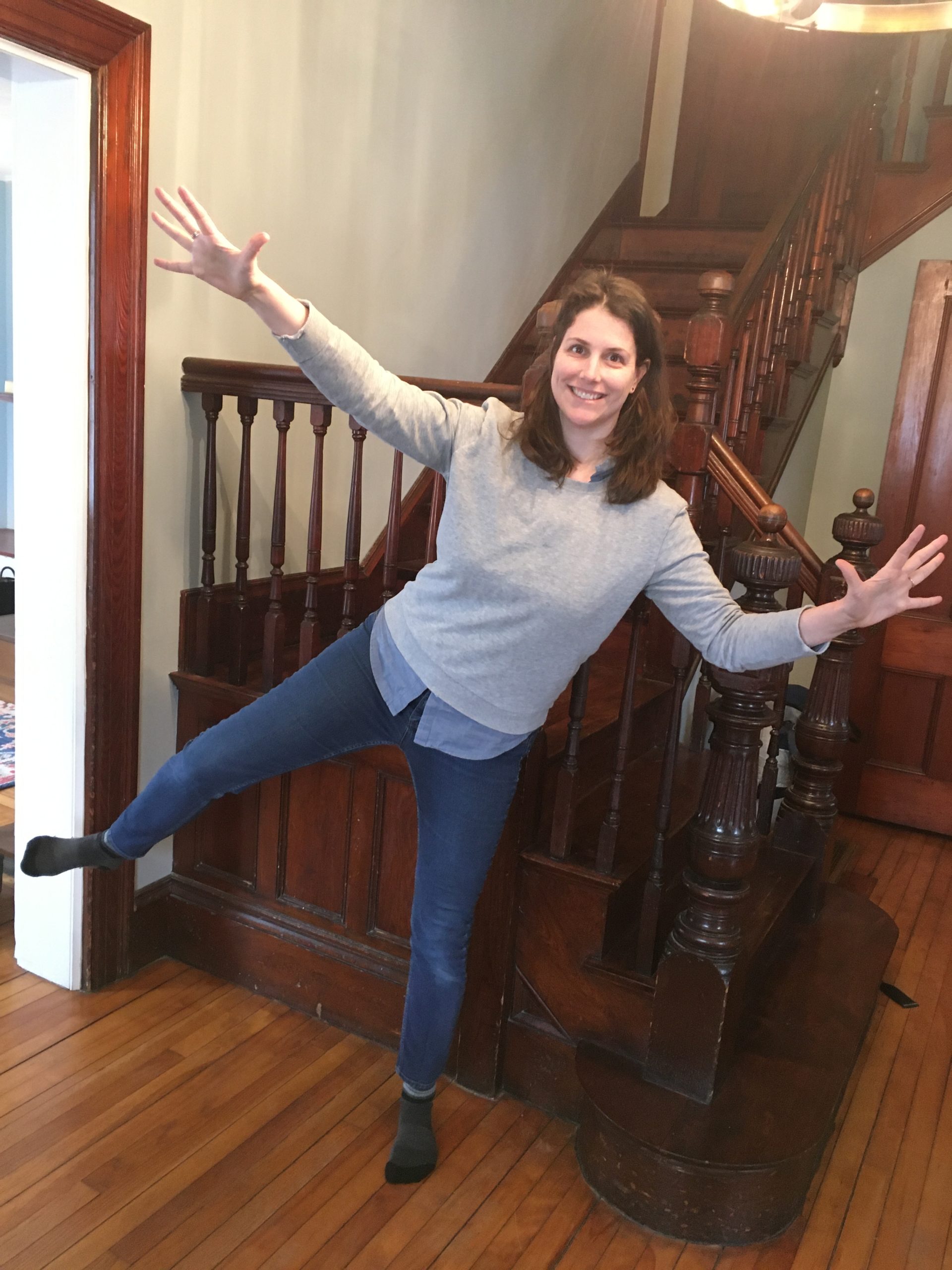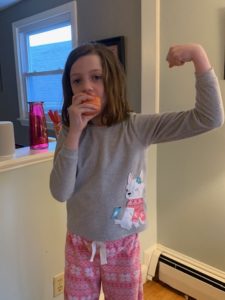With students at home and caregivers balancing work and school, everyone is adjusting and learning. We want to offer a few simple, creative, educational, and arts-based ways to spice up your distance learning – especially since the day might involve a lot of sitting.
On that note, a huge thank you to all the teachers trying to figure this out with short notice and high stakes. Posted Wednesday, March 18, 2020
Creating statues or sculptures of vocabulary is a great way to help kids a) remember the word and b) reinforce the definition. These two activities, Statues and Sculptor/Clay are great ways to use your body in a moment of learning that is often sedentary.
ACTIVITIES
STATUES
Have your kid create a frozen statue using their body that illustrates how they would show the definition of the word. Remember that everyone will have a different way of showing the word with their body. If they are stuck, ask them to think about the key words in the definition. (For some kids it can be a challenge to translate knowledge from one form (verbal) to another (physical) so feel free to model or help them along.)
For example, when coming up with a statue for the state of matter “gas,” I thought about how the particles are all far apart from each other and moving in different directions.
Here are some examples from the Ovations staff
‘Bloom’ – Will
“I hope a bee lands on me!”
‘Gas’ – Sarah
‘Healthy’ – Ellery
“An apple a day…”
Sometimes the definition needs movement! Feel free to move or add movement in place.
SCULPTOR/CLAY
If you and your student, or their siblings want to work together you can use the Sculptor/Clay activity. Give the sculptor the vocabulary word and have them “sculpt” the clay into their visual definition of the word. They can show the clay how they want them to freeze and the clay can mirror. Or the sculptor can gently move the clay’s body into the shape they want. To bring it to life the sculptor can tap the clay’s shoulder or clap.
The clay’s job is to be flexible and listen, the sculptor’s job is to create a clear and detailed sculpture. Then switch places. You can take pictures to come back to the statue/definition another day. Or you can randomly point at your kid and say the word and they make that statue. Or see how many they can remember in a row.
Follow up questions to ask after making a few statues include:
- What did it feel like to create the statue? Did you like being the clay or the sculptor better? Why?
- How did you decide to represent the word? Why?
Thsee questions allow kids to practice reflection and metacognition (thinking about one’s thinking) both of which are key parts of effective learning. DOWNLOAD THIS ACTIVITY AS A PRINTABLE .PDFBoth Statues and Sculptor/Clay are versions of theatre activities created by Augusto Boal. You can see longer descriptions of them in the links below from the Drama-Based Instruction website created by Drama for Schools at The University of Texas at Austin (my alma mater!).
Statues: https://dbp.theatredance.utexas.edu/teaching-strategies/statues
Sculptor/Clay: https://dbp.theatredance.utexas.edu/content/sculptorclay
Sarah Coleman, Portland Ovations Co-Director of Engagement l School Programs is a theatre educator, an arts integration specialist, and a former classroom teacher who has taught students in grades K – college as well as led professional development workshops for teachers around the country for over 15 years.


